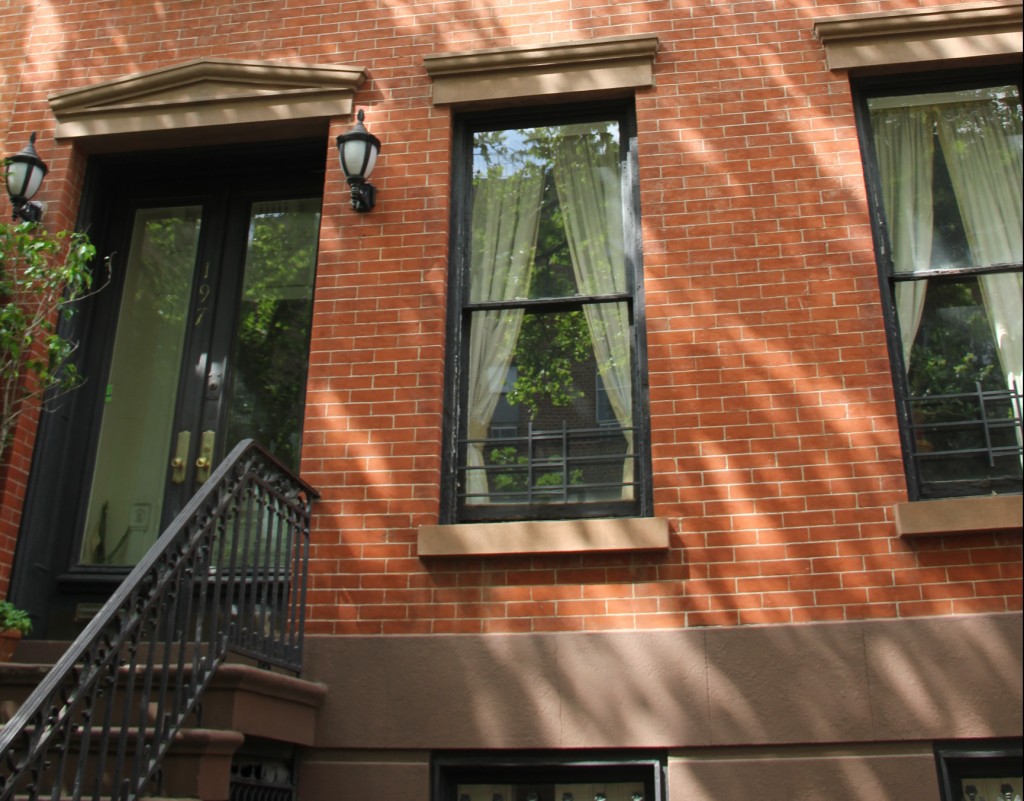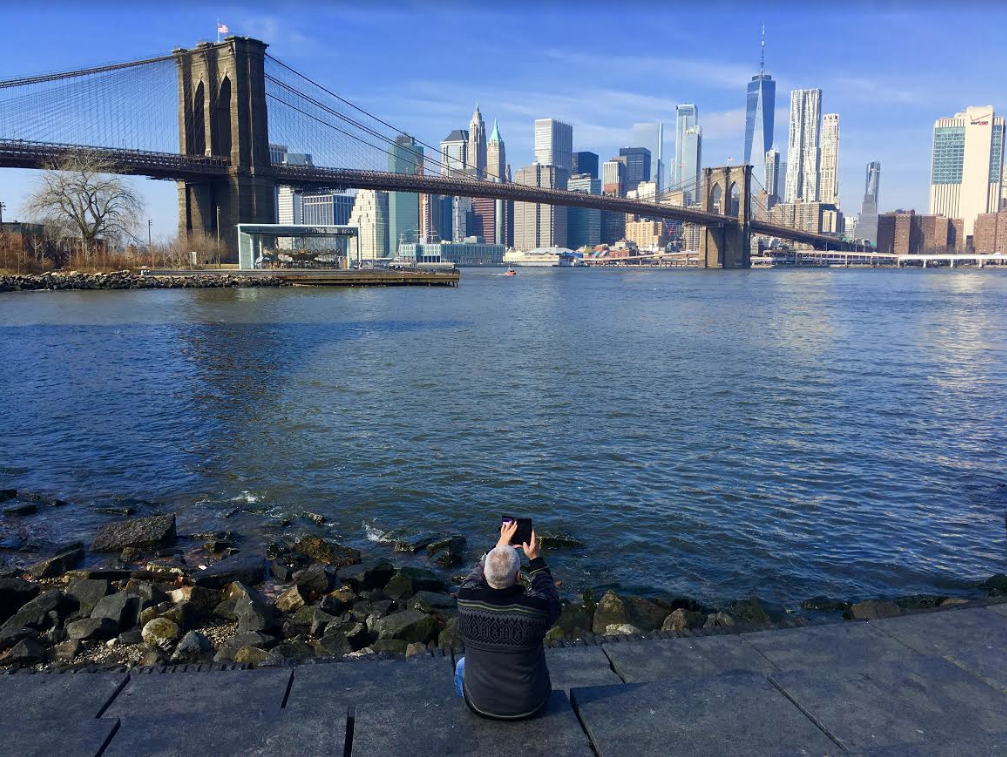In public service: Radical investment is needed if city hopes to house its immigrant population

Brooklyn Eagle file photo
In Public Service is a regular feature of the Brooklyn Eagle to allow elected officials to offer their views and ideas to the populace they were elected to serve.
New York has long lacked enough affordable housing. But the COVID-19 pandemic and its attendant economic fallout have made the problem even worse, bringing us to the point of crisis.
The effects have not been experienced equally. The ongoing pandemic has emphasized racial and economic inequities across all five boroughs and intensified the debate over adequately addressing housing insecurity.
